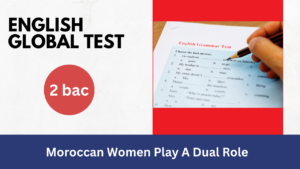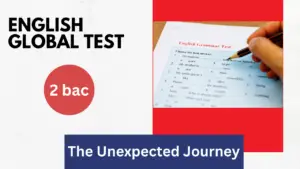
Scientists are a step closer to finding a cure for the common cold. The simple colds we all get several times a year are one of science’s mysteries. Researchers have worked for centuries to find a remedy. All have failed so far. However, new research from the USA has unlocked the genetic code for 99 different types of cold. Researchers at the University of Maryland and the J. Craig Venter Institute organized their data to produce a family tree of colds. They separated the 99 types of cold into 15 different branches. The next step is to spot the things these branches have in common. Once scientists have done this, they can work on producing anti-cold drugs. And once we have anti-cold drugs, there is one less excuse to take a day off work or school.
The researchers warned we should not expect a cure or a drug soon. They said the cold is still one of the most complicated viruses known to man. Scientists say the cold becomes more complex the more they discover it. One of the researchers, Dr. Ann Palmenberg, was quite pessimistic about a cure. “There is not going to be a vaccine for the common cold,” she said. However, there could be cold-fighting drugs in the future for cold sufferers. This is good news for us all. Adults get around four colds a year and children average ten. There is a multi-billion-dollar industry based around medicines for colds. Everyone also has their favorite remedy. Sleep seems to be the most popular way of fighting a cold.
COMPREHENSION: (7 points)
A. Choose the correct answer (1 point)
The writer is ………………………
- Positive about finding a cure for colds.
- Negative about finding a cure for colds.
- Neither positive nor negative about finding a cure for colds.
B. Are these statements true or false? Justify your answer. (2 points)
- The cold virus is one of the most basic viruses known to scientists.
………………………………………………………………………………………………….. .
- Children have fewer colds than adults.
………………………………………………………………………………………………….. .
C. Complete these sentences according to the text. (2 points)
- No remedy has been found up to now though scientists ……………………………………. .
- Researchers said that cold is still ……………………….. .
D. What do the underlined words refer to in the text? (1 point)
- these branches (paragraph 1)
- This (paragraph 2)
E. Find in the text words meaning almost the same as: (1 point)
- Up to now (paragraph 1)
- Appears (paragraph 2).
LANGUAGE: (7 points)
A. Put the verbs between brackets in the correct tense. (2 points)
My name is David. I (be) ………… thirty-five. I (run) ………………… this medical center for fifteen years. By 2030, I (work) ………………. here for two decades. Maybe, I (stay) ………….. in this center until I retire.
B. Rewrite the sentences using the words given. (2 points)
- They don’t expect to have a cure for colds in the near future.
Colds ………………………………………………………………………………….
- Scientists didn’t find remedies for colds in the past.
Scientists wished …………………………………………………………………….
C. Give the correct form of the words between brackets. (1 point)
- It is (law) ………………… to buy cigarettes if you are under 16.
- We should speak out against the (destroy) ………………… of our environment.
D. Join the pairs of sentences using the linking words given. (2 points)
- Researchers have found a cure for the disease. Thousands of infected people die every year. (Although)
…………………………………………………………………………………….
- Omar traveled to the USA. He wanted to learn English. (so as to)
…………………………………………………………………………………..
WRITING (6 points)
The topic will be added later.
Good luck






